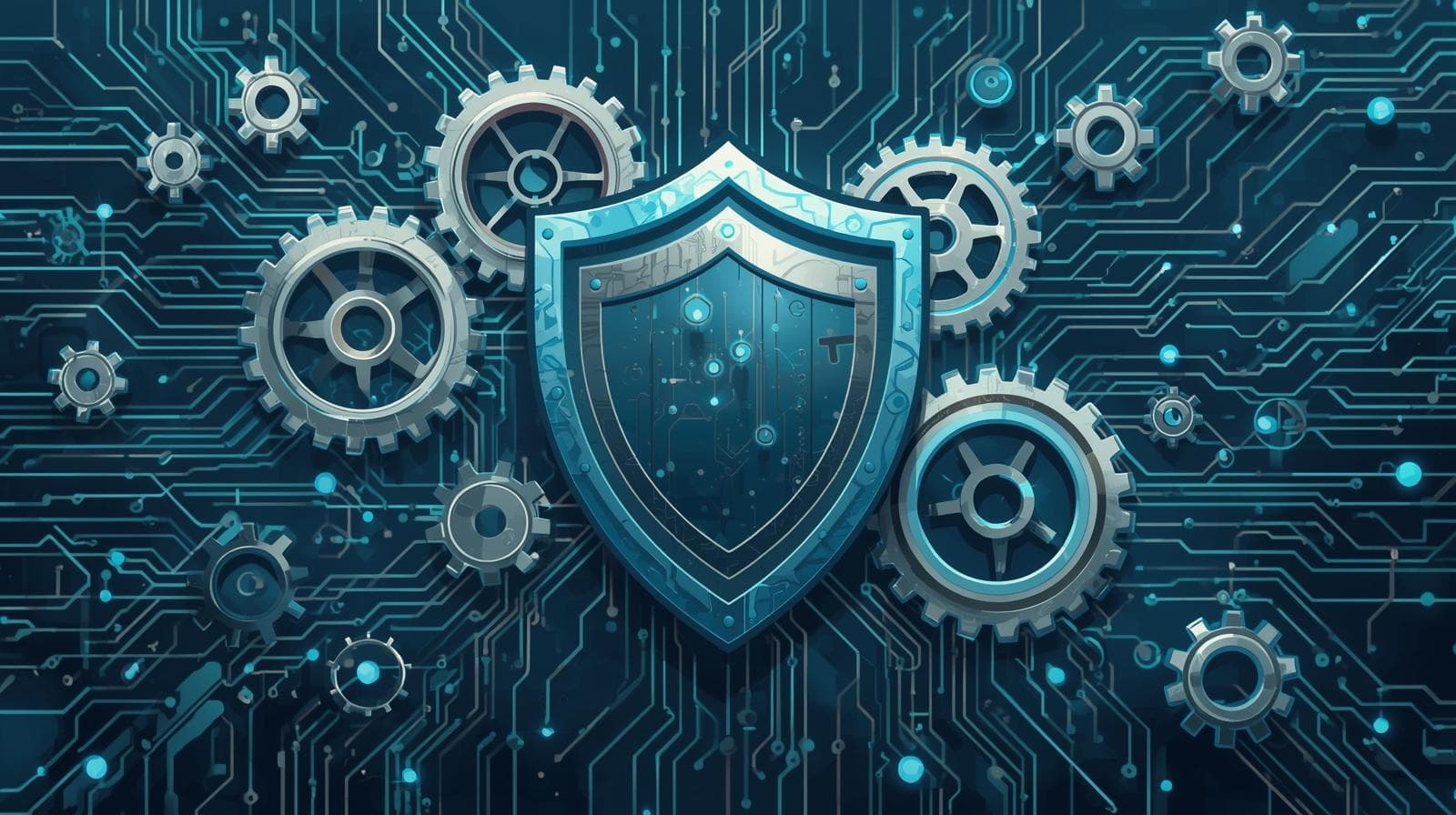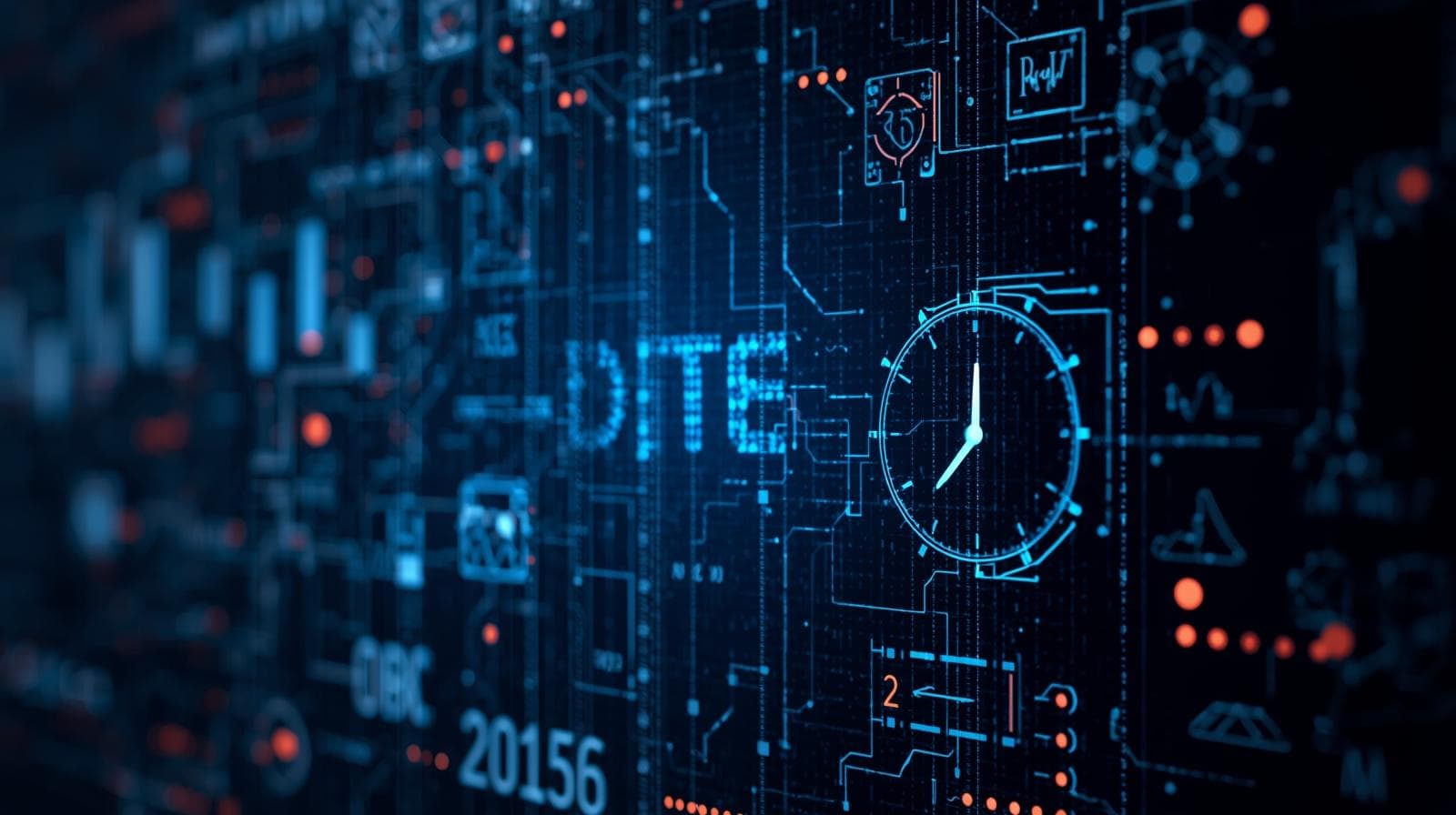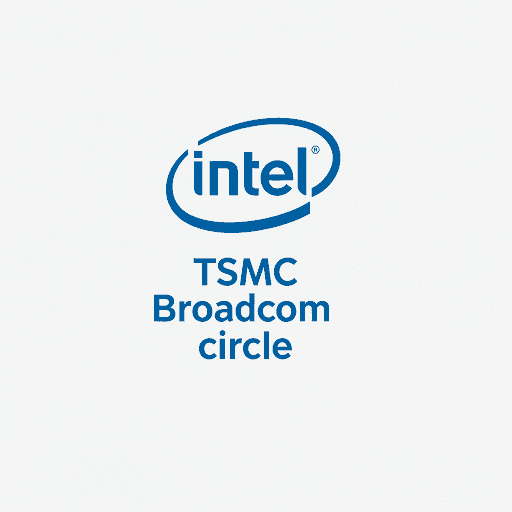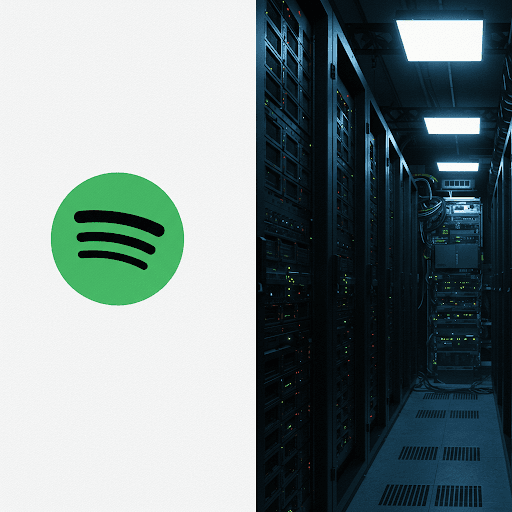From IT to Data Science: Your 2025 Career Transition Guide
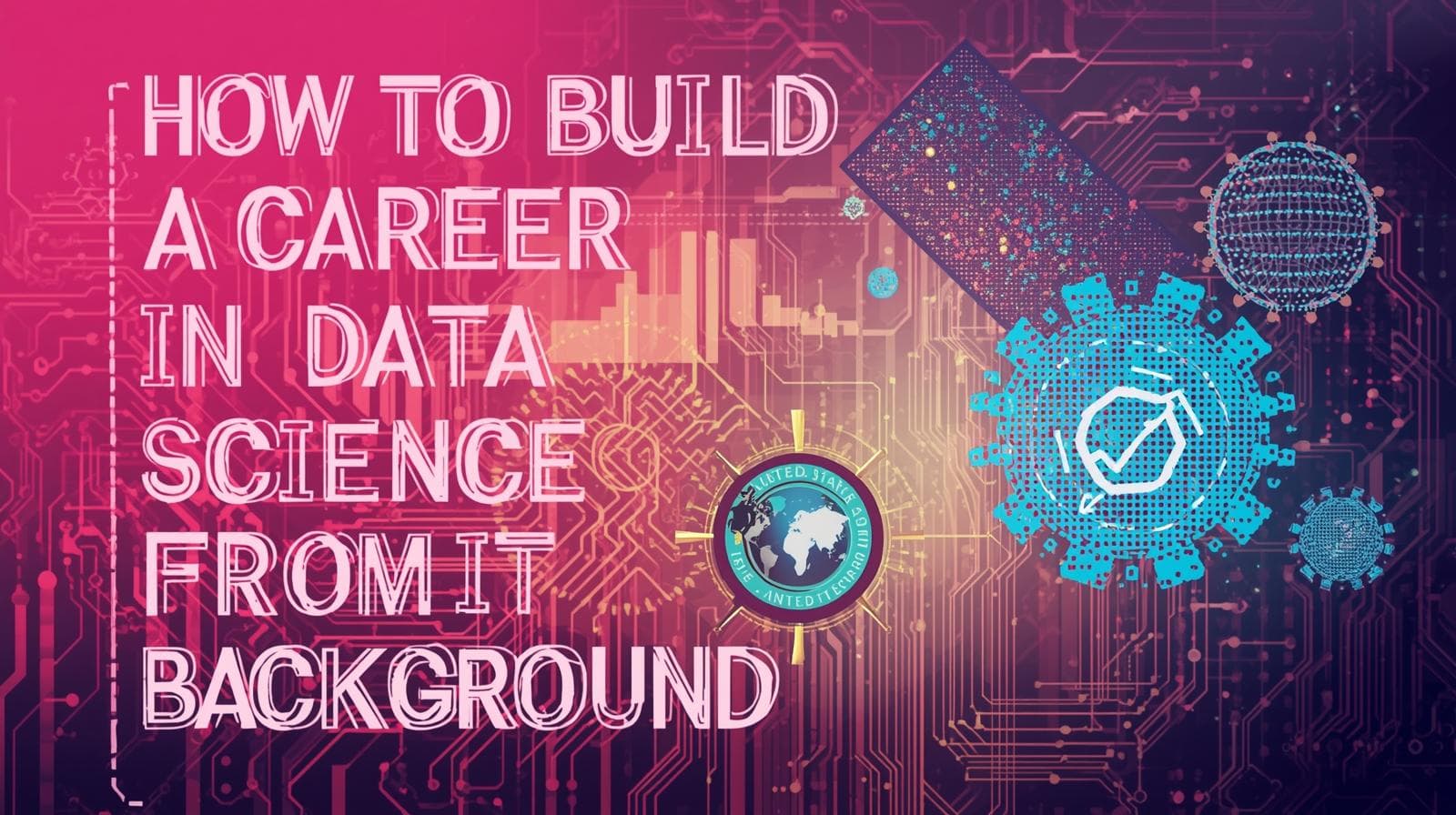
Ready to pivot from IT to Data Science? This in-depth guide covers the skills, roadmap, real-world use cases, and best practices to launch your high-growth career.
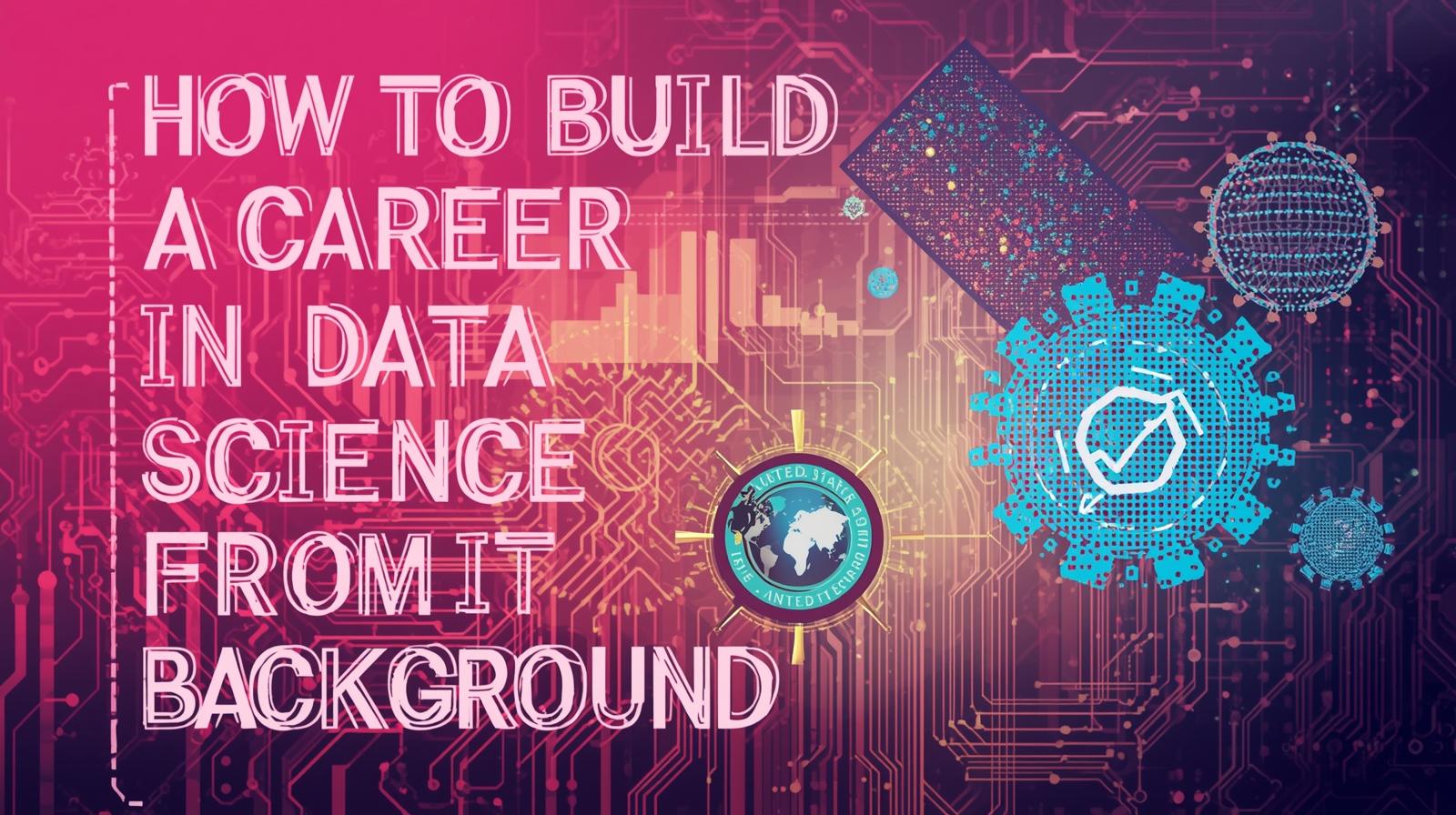
From IT to Data Science: Your 2025 Career Transition Guide
Your Blueprint for Building a Data Science Career from an IT Background
Let's be honest. If you're in IT, you're no stranger to the relentless pace of change. One day it's cloud migration, the next it's cybersecurity, and now, the buzzword on everyone's lips is Data Science. You might be looking at this field from the outside, seeing the complex algorithms and fancy job titles, and wondering, "Is this for me? Do I have to start from scratch?"
Here's the secret your IT background isn't a hurdle; it's a massive head start.
Think about it. You already understand systems, logic, and how software works. You're comfortable with data structures, databases, and probably a scripting language or two. This foundational knowledge is like gold in the world of data science. The transition isn't about throwing away your experience; it's about building upon it to solve a different class of problems—problems of prediction, optimization, and insight.
In this guide, we'll walk through exactly how you can leverage your IT expertise to carve a successful and rewarding career in data science.
Why Your IT Background is Your Secret Weapon
Before we dive into the "how," let's solidify the "why." Your IT skills are more relevant than you might think.
Technical Acumen: You're already comfortable in a technical environment. Concepts like APIs, servers, and data pipelines aren't foreign to you. This means you can focus on learning the data-specific tools, not the basic computing concepts.
Programming Foundation: If you've worked with Python for automation, Java for applications, or SQL for database queries, you're already ahead. Python and SQL are the lingua franca of data science.
Understanding of Data Infrastructure: You know where data lives (databases, data warehouses), how it's moved (ETL processes), and the importance of data governance and security. This operational knowledge is crucial for deploying real-world data science models, not just building them in a lab.
Problem-Solving Mindset: At its core, IT is about solving technical problems. Data science is the same; it just uses a different toolkit focused on statistical and algorithmic problem-solving.
The Data Science Skill Stack: Bridging the Gap
So, what new skills do you need to acquire? Think of it as adding new, specialized tools to your existing toolbox. We can break it down into three layers.
Layer 1: The Foundational Pillars
Programming (Leveling Up):
Python/R: You likely have a foundation. Now, dive deep into the data science libraries. For Python, this means achieving fluency in
Pandasfor data manipulation,NumPyfor numerical computing, andScikit-learnfor machine learning. R is also a great option, especially for statistical analysis.SQL (Advanced): Move beyond basic
SELECTstatements. Master complex joins, window functions, and query optimization. A data scientist spends a huge amount of time querying and transforming data.
Statistics & Mathematics:
This is often the biggest mental shift for IT professionals. You don't need a PhD, but a solid grasp is non-negotiable. Focus on:
Descriptive Statistics: Mean, median, standard deviation, distributions.
Inferential Statistics: Hypothesis testing, confidence intervals, A/B testing.
Probability: Fundamental for understanding how models make predictions.
Linear Algebra: The backbone of many machine learning algorithms.
Machine Learning:
Start with the concepts before the code. Understand the difference between supervised (classification, regression) and unsupervised (clustering) learning.
Learn how to train, validate, and evaluate models. Key concepts include overfitting, bias-variance tradeoff, and cross-validation.
To build a rock-solid foundation in these pillars, especially Python which is the cornerstone of modern data science, structured learning is key. To learn professional software development courses such as Python Programming, Full Stack Development, and MERN Stack, visit and enroll today at codercrafter.in. Our courses are designed to take you from core concepts to industry-ready applications.
Layer 2: The Specialized Tools
Once the foundations are strong, you can specialize.
Data Visualization: Tools like
Matplotlib,Seaborn(in Python), and Tableau/Power BI are essential for communicating your findings to non-technical stakeholders.Big Data Technologies: As you deal with larger datasets, familiarity with Spark and Hadoop becomes valuable.
Deep Learning Frameworks: If you're interested in areas like computer vision or NLP, you'll eventually explore libraries like TensorFlow or PyTorch.
Layer 3: The "Soft" Power Skills
This is what separates a good data scientist from a great one.
Communication: You must be able to explain a complex model to a business manager in simple terms. Storytelling with data is a superpower.
Business Acumen: The best data scientists understand the business problem first and then apply the technical solution. Why are we building this model? What key business metric will it improve?
The Transition Roadmap: A Phased Approach
Don't try to boil the ocean. Follow this phased approach.
Phase 1: Learn & Explore (3-6 months)
Goal: Build foundational knowledge.
Action: Take online courses on Python for Data Science, Statistics, and SQL. Start with small personal projects, like analyzing a public dataset (e.g., from Kaggle) on movie ratings or stock prices.
Phase 2: Build & Practice (6-9 months)
Goal: Develop a portfolio of projects.
Action: Create 3-4 substantial projects that showcase a full pipeline: data collection, cleaning, exploration, model building, and visualization. Deploy a simple model using a web framework like Flask or Streamlit. This portfolio is your new resume.
Phase 3: Specialize & Network (3 months)
Goal: Find your niche and connect with the community.
Action: Decide if you're more interested in NLP, computer vision, or business analytics. Attend local meetups (or virtual ones), contribute to forums, and connect with data scientists on LinkedIn.
Phase 4: Job Hunt & Transition
Goal: Land your first role.
Action: Tailor your resume to highlight data science projects and relevant skills. Look for "Data Analyst," "Junior Data Scientist," or even "Machine Learning Engineer" roles. Don't overlook internal opportunities within your current IT organization!
Real-World Use Cases: Where IT Meets Data Science
To make this tangible, let's look at scenarios where your IT knowledge directly applies.
Use Case 1: Predictive Maintenance in IT Operations.
Problem: Server failures are costly and disruptive.
Data Science Solution: Use historical server log data, performance metrics (CPU, memory usage), and failure records to build a machine learning model that predicts when a server is likely to fail.
Your IT Edge: You inherently understand the data sources (log files, monitoring tools like Nagios/Prometheus) and the operational impact. You know what a "warning" vs. a "critical" log entry means, giving you a feature engineering advantage.
Use Case 2: Anomaly Detection for Cybersecurity.
Problem: Identifying malicious network activity in a sea of normal traffic.
Data Science Solution: Build an unsupervised learning model (e.g., Isolation Forest) to detect unusual patterns in network traffic that could indicate a security breach.
Your IT Edge: Your knowledge of network protocols, firewall logs, and typical user behavior patterns is invaluable in labeling data and interpreting the model's results.
Use Case 3: Optimizing Software Development Lifecycle.
Problem: Software projects are often delayed.
Data Science Solution: Analyze data from version control systems (like Git), project management tools (like Jira), and CI/CD pipelines to predict project timelines, identify code that is likely to be bug-prone, or recommend which developer should review a piece of code.
Your IT Edge: You live and breathe these tools. You understand the context behind a
git commitor a Jira ticket status, making your analysis deeply insightful.
FAQs: Your Burning Questions, Answered
Q1: Do I need a Master's degree or PhD to get into data science?
A: While advanced degrees are common and beneficial, they are not the only path. A strong portfolio, demonstrable skills, and relevant experience (like your IT background) can be equally powerful. Many successful data scientists are self-taught or have taken bootcamps.
Q2: What is the single most important skill I should learn first?
A: Python and SQL. With just these two, you can already perform a massive amount of data analysis, manipulation, and basic machine learning. They are the workhorses of the industry.
Q3: How can I get data science experience while still in my IT job?
A: This is your golden ticket! Look for data-adjacent tasks. Can you automate a report? Analyze help-desk tickets to find common issues? Propose a project to optimize a business process using data? This gives you real-world experience and something tangible to discuss in interviews.
Q4: Will AI tools replace data scientists?
A: No, they will augment them. AI automates the tedious parts (like hyperparameter tuning or data cleaning), freeing up data scientists to focus on the more complex tasks: framing business problems, interpreting results, and ensuring ethical AI deployment. The role is evolving, not disappearing.
Conclusion: Your Future in Data Starts Now
Transitioning from IT to data science is a journey of augmentation, not abandonment. You are not starting from zero; you are starting from experience. The logical thinking, technical discipline, and systems knowledge you've honed in your IT career are the bedrock upon which you can build a formidable data science skill set.
The path requires dedication and a structured learning approach, but the reward is a career at the forefront of technological innovation, where you get to not just manage systems, but to teach them to think.
Ready to take the first concrete step? The journey from coder to data crafter begins with mastering the right tools. To learn professional software development courses such as Python Programming, Full Stack Development, and MERN Stack, visit and enroll today at codercrafter.in. Let's build your future in data, together.
